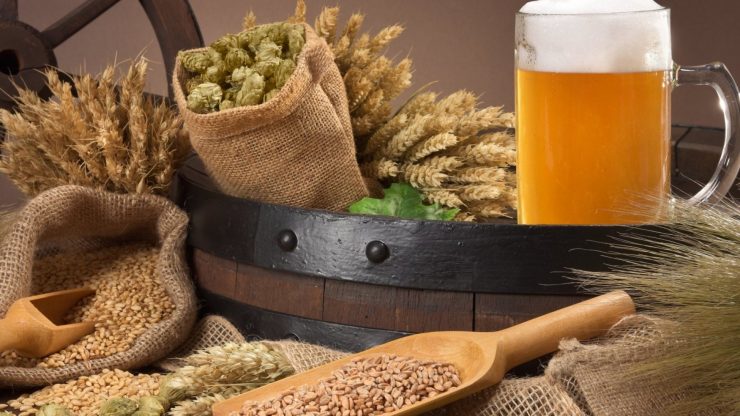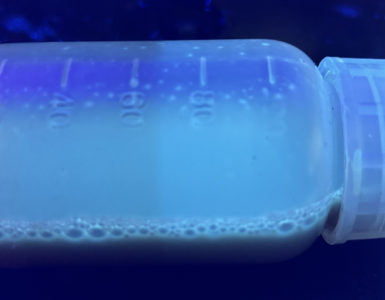Whether your go-to tipple is a crisp Bohemian-style pilsner, a dark and roasty stout, or a dank American-style IPA, all styles of beer have one thing in common: producing them creates mounds and mounds of leftover barley and other grains.
Traditionally, this by-product has been used in cattle feed or simply put into landfill. But now, researchers at Virginia Polytechnic and State University (Virginia Tech) have developed an innovative method of extracting nutrients and fibre from spent grain for use in new food sources and biofuels.
Spent grain accounts for around 85 per cent of the waste material produced from brewing. It is made up of 30 per cent protein and 70 per cent fibre. While suitable for consumption by cows, the high fibre content makes it difficult for humans to digest.
“Spent grain has a very high percentage of protein compared to other agricultural waste, so our goal was to find a novel way to extract and use it,” said Virginia Tech graduate student Yanhong He.
In order to figure out a method of turning leftover grain into something more useful, the team partnered with local breweries. Together they developed a method of separating the grain into a protein concentrate and a fibre-rich material by treating it with alcalase, a commonly available enzyme, and then sieving it.
READ the latest news shaping the biofuels market at Biofuels Central
Through this method they were able to extract more than 80 per cent of the protein from the grain. Initially, they proposed that this could be used as a cheap, sustainable food for use in shrimp farms. But now, given the rise in the number of people switching to a plant-based diet, they are looking into using it as an alternative protein source in various foods for human consumption.
In a separate project, another team from Virginia Tech has developed a method of treating the fibre with Bacillus lichenformis, a species of bacteria recently discovered in a spring in Yellowstone National Park. By treating the fibre with the bacteria it is possible to convert various sugars within it to 2,3-butanediol, a compound that is used to make many products, such as synthetic rubber, materials for creating plastics, and biofuels.
Cheers! Method for turning spent grain from beer production into biofuels and plant-based foods developed, 06th April, 2021









